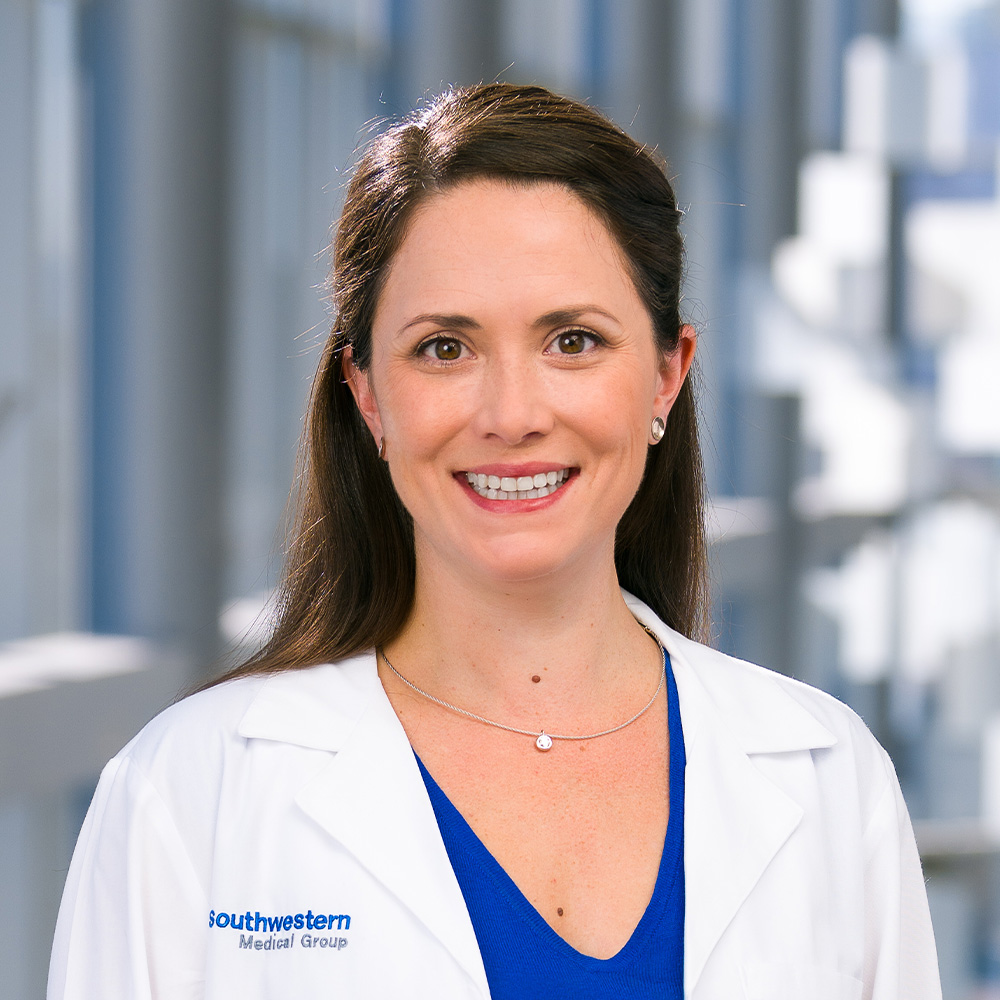Cardiovascular
Patients who need high-intensity statins not using them
DALLAS – Sept. 06, 2023 – Although hundreds of thousands of patients with atherosclerotic cardiovascular disease (ASCVD) are eligible for high-intensity statin therapy, most are not using the drugs, UT Southwestern Medical Center researchers report. The findings, published in Circulation: Cardiovascular Quality and Outcomes, reveal a wide gap between evidence-based guidelines for the medication and medical practice, the study authors say.
Study leader Ann Marie Navar, M.D., Ph.D., is an Associate Professor of Internal Medicine in the Division of Cardiology and the Peter O’Donnell Jr. School of Public Health at UT Southwestern.
“Although statins are safe, generic, low-cost, and highly effective at lowering the risk of heart attack and stroke, less than 40% with atherosclerotic cardiovascular disease were on statins at the correct guideline-recommended intensity, and nearly 1 in 4 were on no statins at all,” said study leader Ann Marie Navar, M.D., Ph.D., Associate Professor of Internal Medicine in the Division of Cardiology and the Peter O’Donnell Jr. School of Public Health at UT Southwestern.
Nobel Prize-winning work conducted in the 1970s by UTSW scientists Michael Brown, M.D., and Joseph Goldstein, M.D., both Professors of Molecular Genetics, led to the development of statins, revolutionary drugs that lower the levels of cholesterol in the bloodstream. Drugs in this class, along with a handful of nonstatin lipid-lowering therapies (LLTs), are now considered crucial to preventing cardiovascular events associated with ASCVD, such as heart attacks and strokes. Current guidelines recommend that most patients diagnosed with ASCVD should be on high-intensity statins – 20 milligrams or more of rosuvastatin or 40 milligrams or more of atorvastatin. Patients with persistently high LDL, or “bad,” cholesterol also should receive add-on nonstatin therapy.
To determine how closely doctors and patients follow these guidelines, Dr. Navar and her colleagues examined patient records from 92 health systems across the U.S. dating back to January 2017. They identified 322,153 patients with a median age of 69 who were diagnosed with ASCVD. Although nearly all were eligible for high-intensity statin therapy, only about 39% were on them. About 37% were using a low- or moderate-intensity statin, and almost 24% took no statin. Use of nonstatin LLTs was rare, with only about 5% taking one.
To see whether this improved with time, the researchers reexamined lipid-lowering therapy at one year in the same patients. While 15% who were not on a statin and 13% taking a low-intensity statin began using a high-intensity statin after follow-up visits, about 10% on high-intensity statins stopped taking them. As a result, the overall rate of high-intensity statin therapy increased less than 5% in one year. The number of patients taking nonstatin LLTs stayed about the same.
Certain groups of patients were more likely than others to be undertreated. People with atherosclerotic disease that did not involve the heart, including those with peripheral arterial disease and those with prior stroke, were less likely to take high-intensity statins than people with heart disease. Women and older adults were also less likely to be treated.
Patients who cannot tolerate statins may be eligible for nonstatin lipid-lowering medications such as ezetimibe and PCSK9 inhibitors. Both have been shown to prevent heart attacks and strokes in people with ASCVD. However, the overall rate of usage of these medications was low, with less than 5% of patients on ezetimibe and less than 1% on a PCSK9 inhibitor.

Senior author Eric Peterson, M.D., M.P.H., Professor of Internal Medicine, Vice Provost, and Senior Associate Dean for Clinical Research, holds the Adelyn and Edmund M. Hoffman Distinguished Chair in Medical Science.
“This study captures a broad swath of patients who are actively receiving medical care,” said study senior author Eric Peterson, M.D., M.P.H., Professor of Internal Medicine, Vice Provost, and Senior Associate Dean for Clinical Research. “But even in this population, we demonstrate a high rate of statin nonuse and underdosing, and extremely low utilization of evidence-based nonstatin therapies for lipid lowering. This is clearly an opportunity to improve the quality of care for people with cardiovascular disease, in particular women and older adults.”
Other UTSW researchers who contributed were Ahmed Kolkailah, M.D., Cardiology fellow, and Anand Gupta, M.B.B.S., M.P.H., biostatistician.
Dr. Brown, a Regental Professor, holds The W.A. (Monty) Moncrief Distinguished Chair in Cholesterol and Arteriosclerosis Research and the Paul J. Thomas Chair in Medicine. Dr. Goldstein, a Regental Professor, holds the Julie and Louis A. Beecherl, Jr. Distinguished Chair in Biomedical Research and the Paul J. Thomas Chair in Medicine. Dr. Peterson holds the Adelyn and Edmund M. Hoffman Distinguished Chair in Medical Science.
The study was supported by Esperion Therapeutics Inc. More information, including author financial disclosures, can be found in the manuscript.
About UT Southwestern Medical Center
UT Southwestern, one of the nation’s premier academic medical centers, integrates pioneering biomedical research with exceptional clinical care and education. The institution’s faculty has received six Nobel Prizes, and includes 26 members of the National Academy of Sciences, 19 members of the National Academy of Medicine, and 14 Howard Hughes Medical Institute Investigators. The full-time faculty of more than 2,900 is responsible for groundbreaking medical advances and is committed to translating science-driven research quickly to new clinical treatments. UT Southwestern physicians provide care in more than 80 specialties to more than 100,000 hospitalized patients, more than 360,000 emergency room cases, and oversee nearly 4 million outpatient visits a year.

